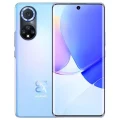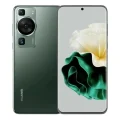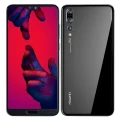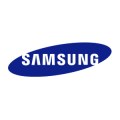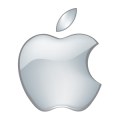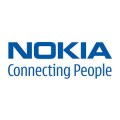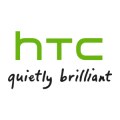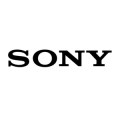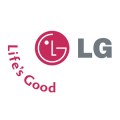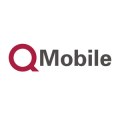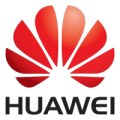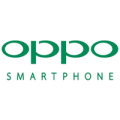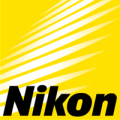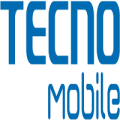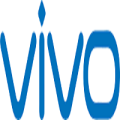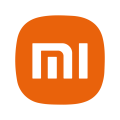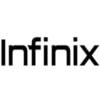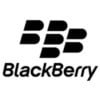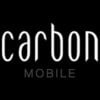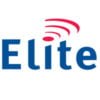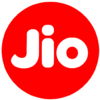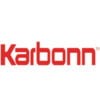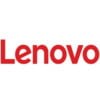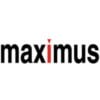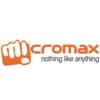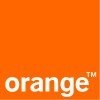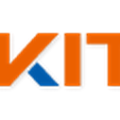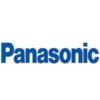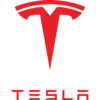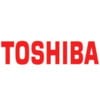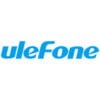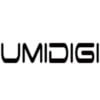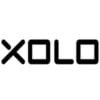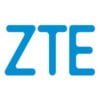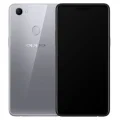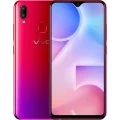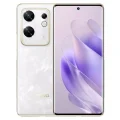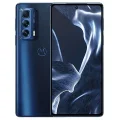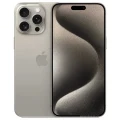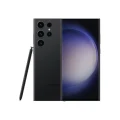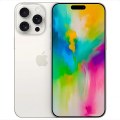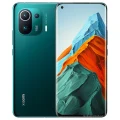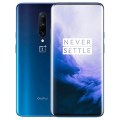- Awesome page
- Latest Mobile
- Smartphones
- Huawei P40
Huawei P40



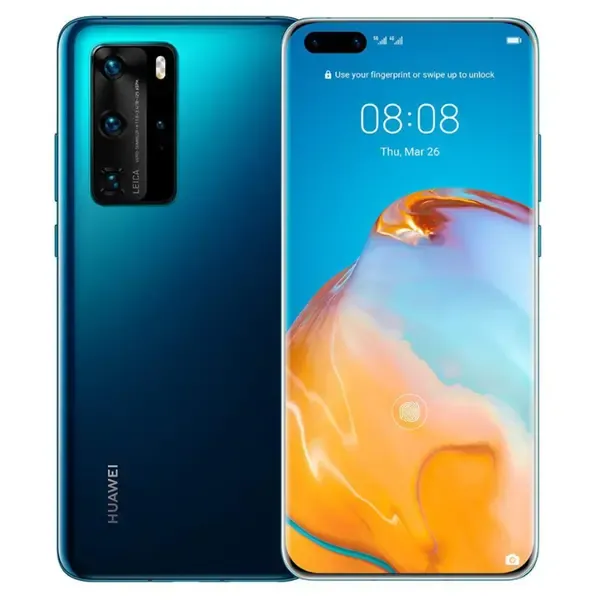
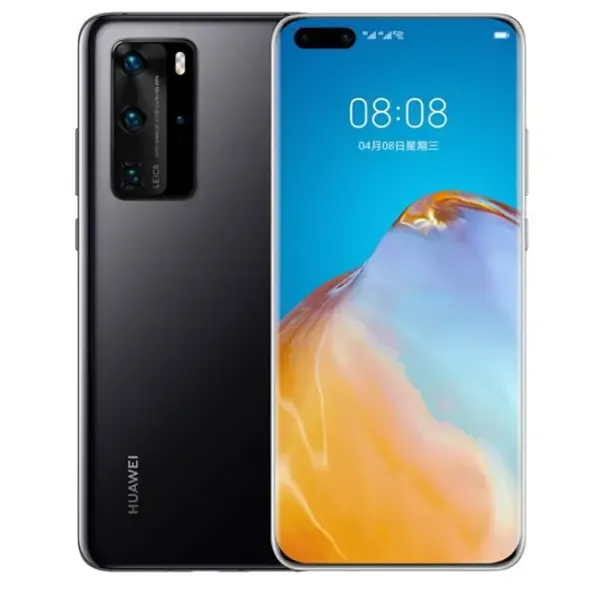
Huawei P40 Price in Bangladesh
The Huawei P40 is priced at BDT 75,000 in Bangladesh. It features a 6.1-inch OLED display, Kirin 990 5G (7nm+) processor, and offers 6/8GB RAM with 128/256GB storage (expandable via NM card). The phone boasts a 50MP triple rear camera, 32MP selfie camera, and a 3800mAh battery.
Specifications
General
| Model | Huawei P40 |
| Announced | 2020, March 26 |
| Released | 2020, April 7 |
| Status | Available |
Design
| Dimensions | 148.9 x 71.1 x 8.5 mm (5.86 x 2.80 x 0.33 in) |
| Weight | 175 g (6.17 oz) |
| Colors |
Silver Frost, Blush Gold, Deep Sea Blue, Ice White, Black |
Network
| Technology | GSM / HSPA / LTE / 5G |
| 2G Network |
GSM 850 / 900 / 1800 / 1900 - SIM 1 & SIM 2 |
| 3G Network |
HSDPA 800 / 850 / 900 / 1700(AWS) / 1900 / 2100 |
| 4G Network |
LTE band 1(2100), 2(1900), 3(1800), 4(1700/2100), 5(850), 6(900), 7(2600), 8(900), 9(1800), 12(700), 17(700), 18(800), 19(800), 20(800), 26(850), 28(700), 32(1500), 34(2000), 38(2600), 39(1900), 40(2300), 41(2500) |
| 5G Network |
5G band 1(2100), 3(1800), 28(700), 38(2600), 41(2500), 77(3700), 78(3500), 79(4700); SA/NSA |
| GPRS <strong>GPRS</strong> (General Packet Radio Service) is a packet oriented mobile data service on the 2G and 3G cellular communication system's global system for mobile communications (GSM), Generally, GPRS is used for the purpose of wireless data transfer, such as sharing pictures and videos or browsing the Internet via a mobile phone connection. | |
| EDGE <strong>EDGE</strong> (Enhanced Data GSM Environment) is a wireless network technology generally considered the next step in the 2G network offers data transfer rates up to four times faster than ordinary GSM networks, Generally, EDGE is used for the purpose of wireless data transfer, such as sharing pictures and videos or browsing the Internet via a mobile phone connection. | |
| Speed | HSPA 42.2/5.76 Mbps, LTE-A, 5G |
Display
| Display Type <strong>Display Technology => </strong> A number of display technologies and types used in mobile phones => TFT (Thin Film Transistor), IPS (In-Place Switching), OLED (Organic Light Emitting Diode), AMOLED (Active-Matrix Organic Light-Emitting Diode), Super AMOLED (an even advanced version of AMOLED), Resistive Touchscreen (Resistive touchscreens contain two layer of conductive material with a very small gap between them which acts as a resistance), Capacitive Touchsceen (Capacitive touchscreen technology consists of a layer of glass coated with a transparent conductor) | OLED capacitive touchscreen, 16M colors |
| Size | 6.1 inches, 91.3 cm2 (~86.3% screen-to-body ratio) |
| Resolution | 1080 x 2340 pixels, 19.5:9 ratio (~422 ppi density) |
Camera
Main camera
| Camera Setup | Triple |
| Primary <strong>Camera</strong> is able to capture photographs and usually videos, The most important characteristics of a camera are the resolution (measured in megapixels), lens focus type (fixed or automatic), higher megapixel cameras are known to capture higher quality photos, but not always a good measurement of the photos quality. |
50 MP, f/1.9, 23mm (wide), 1/1.28", 2.44µm, omnidirectional PDAF, OIS 8 MP, f/2.4, 80mm (telephoto), PDAF, OIS, 3x optical zoom 16 MP, f/2.2, 17mm (ultrawide), AF |
| Features |
Leica optics, LED flash, panorama, HDR |
| Video | 2160p@30/60fps, 1080p@30/60fps, 720p@960fps; gyro-EIS |
Selfie camera
| Camera Setup | Dual |
| Primary <strong>Camera</strong> is able to capture photographs and usually videos, The most important characteristics of a camera are the resolution (measured in megapixels), lens focus type (fixed or automatic), higher megapixel cameras are known to capture higher quality photos, but not always a good measurement of the photos quality. |
32 MP, f/2.0, (wide), 1/2.8", 0.8µm IR TOF 3D, (biometrics sensor only) |
| Features | HDR |
| Video | 2160p@30/60fps, 1080p@30/60fps |
Hardware
| Chipset <strong>Chipset</strong> is a group of integrated circuits designed to perform one or a more dedicated functions, often with real time computing constraints, Popular smartphones are equipped with more advanced embedded chipsets that can do many different tasks depending on their programming. | HiSilicon Kirin 990 5G (7 nm+) |
| CPU <strong>CPU</strong> (Central Processing Unit) mostly known as processors, CPU processes instructions in order to carry out certain functions that make your device operate properly. Processors are often described as the brain of computers, smartphones and tablets, Smartphones and tablets rely on processors to carry out their every task, Processors are an incredibly important factor in selecting any type of computing device, including your smartphone. | Octa-core (2x2.86 GHz Cortex-A76 & 2x2.36 GHz Cortex-A76 & 4x1.95 GHz Cortex-A55) |
| GPU <strong>GPU</strong> (Graphics Processing Unit) is a single-chip processor designed to rapidly manipulate and alter memory to accelerate the creation of images in a frame buffer intended for output to a display, This includes things such as lighting effects, object transformations, and 3D motion. | Mali-G76 MP16 |
| RAM (Memory) <strong>RAM</strong> (Random Access Memory) is a type of computer memory that can be accessed randomly, any byte of memory can be accessed without touching the preceding bytes that allows information to be stored and accessed quickly from random locations. RAM is the most common type of memory found in computer systems, smartphones, tablets and other electronic devices. | 6/8 GB |
| Internal Storage <strong>Internal Storage</strong> is a data storage space (flash memory) mostly used in smartphones, tablets and other electronic devices where operating system, apps, music, photos, videos, files and other user data Is stored. | 128/256 GB UFS 3.0 |
| Sensors <strong>Sensors</strong> are electronic components that detects and responds to some type of input from the physical environment. The specific input could be light, heat, motion, moisture, pressure and location, The output is generally a signal that is converted to use in computing systems, a location sensor, such as a GPS receiver is able to detect current location of your electronic device. |
Infrared face recognition, fingerprint (under display, optical), accelerometer, gyro, proximity, compass, color spectrum |
Connectivity
| Bluetooth <strong>Bluetooth</strong> is a wireless communications technology for exchanging data between mobile phones, headsets, computers and other network devices over short distances without wires, Bluetooth technology was primarily designed to support simple wireless networking of personal consumer devices. | 5.1, A2DP, LE |
| Infrared <strong>Infrared</strong> connectivity is an old wireless technology used to connect two electronic devices. It uses a beam of infrared light to transmit information and so requires direct line of sight and operates only at close range. | |
| USB | 3.1, Type-C 1.0 reversible connector, USB On-The-Go |
| GPS <strong>GPS</strong> The Global Positioning System is a satellite-based radio navigation system, GPS permits users to determine their position, velocity and the time 24 hours a day, in all weather, anywhere in the world, In order to locate your position, your device or GPS receiver must have a clear view of the sky. | Yes, with dual-band A-GPS, GLONASS, BDS, GALILEO, QZSS, NavIC |
| NFC <strong>NFC</strong> (Near field communication) is a set of standards for smartphones and similar devices to establish peer-to-peer radio communications with each other by touching them together or bringing them into proximity, usually no more than a few inches. |
Battery
| Battery Type <strong>Battery Type => </strong> Cell phones run on various kinds of batteries depending on the manufacturer, phone size or shape and features. There are basically four types of cell phone batteries => Lithium Polymer, Lithium Ion, Nickel Metal Hydride and Nickel Cadmium. | Non-Removable |
| Capacity <strong>Battery Capacity</strong> is a measure (typically in Amp-hr) of the charge stored by the battery, and is determined by the mass of active material contained in the battery. The battery capacity represents the maximum amount of energy that can be extracted from the battery under certain conditions. | 3800 mAh |
Huawei P40 Price in Bangladesh in 2024: Is It Worth Your Money?
If you’re a tech enthusiast eyeing a premium smartphone, you’ve probably come across the Huawei P40. Known for its sleek design, cutting-edge hardware, and stellar camera performance, the Huawei P40 has been a popular choice among smartphone enthusiasts. But how does it stack up in terms of price in Bangladesh, and is it still a compelling option for buyers in 2024?
This guide dives deep into the current pricing of the Huawei P40 in Bangladesh, its key features, and how it compares to other smartphones in the same range.
Huawei P40 Overview and its Significance
Launched as part of Huawei’s highly acclaimed P-series lineup, the Huawei P40 is designed to deliver powerful performance, excellent photography capabilities, and a smooth overall user experience. Despite being released in 2020, the P40 has maintained its relevance, especially in markets like Bangladesh where buyers prioritize value, reliability, and advanced features at an affordable price.
The Huawei P40 is particularly recognized for its flagship-level cameras, sleek build, and future-proof hardware, making it a strong competitor in the upper mid-range to high-end smartphone category.
Key Features and Specifications of the Huawei P40
To understand the value packed into the Huawei P40, let’s break down its core features:
- Display
- Type: OLED capacitive touchscreen
- Size & Resolution: 6.1 inches with 1080 x 2340 pixels (~422 PPI density)
- Screen-to-Body Ratio: Approximately 86.3%
- Highlights vivid colors and deep contrast, perfect for content consumption or outdoor usage.
- Performance
- Processor: HiSilicon Kirin 990 5G (7nm+), Octa-core architecture
- GPU: Mali-G76 MP16
- RAM & Storage Options:
- 6GB/8GB RAM
- 128GB/256GB internal storage (expandable up to 256GB using Nano Memory card)
- Designed for high performance, capable of handling gaming, multitasking, and demanding apps with ease.
- Cameras
- Rear Cameras:
- 50MP (Wide lens)
- 8MP (Telephoto lens with 3x optical zoom)
- 16MP (Ultra-wide lens)
- Front Camera:
- 32MP selfie shooter
- Features Huawei’s acclaimed AI photography technology, with advanced low-light performance.
- Battery and Charging
- Battery Capacity: 3800 mAh Li-polymer
- Supports 22.5W fast charging
- Provides enough power to get you through a day with moderate usage.
- OS and Connectivity
- Runs on HarmonyOS in regions without Google services. Alternatives like Huawei’s AppGallery are available for apps.
- Packed with 5G capabilities, promising faster connectivity and future-proof usage.
These features, combined with its premium design and Huawei performance benchmarks, make the P40 a tempting option for many.
Huawei P40 Price in Bangladesh
As of 2024, the price of the Huawei P40 in Bangladesh is BDT 75,000. This pricing includes the base model with 8GB of RAM and 128GB of internal storage. While not the latest flagship release, the P40 continues to deliver on performance and reliability, catering to users looking for advanced features in a manageable price range.
Detailed Price Analysis Across Retailers
Prices can often vary based on the retailer, location, and promotional offers. While BDT 75,000 is the standard price, some retailers may offer slight discounts or bundle deals. Here’s how pricing typically varies:
- Huawei Official Showrooms
The safest choice to purchase the Huawei P40, ensuring authenticity and warranty. Prices are usually consistent here at around BDT 75,000.
- Local Electronics Stores
Occasionally, prices may hover slightly lower (e.g., BDT 73,000 – 74,000), especially during festive seasons and sales events.
- E-commerce Platforms
Online marketplaces like Daraz or Pickaboo may have flash sales or exclusive promo codes, offering the Huawei P40 for as low as BDT 72,000. Be cautious to verify the seller’s authenticity.
Checking multiple sources is recommended to ensure you’re getting the best value.
How Does the Huawei P40 Compare to Other Smartphones in the Same Price Range?
The BDT 75,000 price bracket is competitive, with several high-performing smartphones competing for attention. Here’s how the Huawei P40 measures up:
- Samsung Galaxy S20
- Similar price yet offers Google services and the Samsung ecosystem.
- Slightly better display (Dynamic AMOLED 2X), but the P40’s cameras perform better in low light.
- OnePlus 9
- Features faster charging and OxygenOS, which many prefer.
- Camera quality falls short compared to Huawei’s P40 lenses.
- iPhone SE (2022)
- Powered by Apple’s A15 chipset, but limited to a single-camera setup and smaller battery life.
- Better choice if you’re already invested in the Apple ecosystem.
For buyers prioritizing photography and 5G connectivity, the Huawei P40 is still a leader in its category despite the stiff competition.
Is the Huawei P40 Worth It?
For BDT 75,000, the Huawei P40 offers tremendous value. Here’s why:
- Camera Performance
The outstanding 50MP camera powered by AI sets it apart from most smartphones in its price category.
- 5G Future-Readiness
While not all parts of Bangladesh currently have reliable 5G networks, the P40 ensures you’ll be ready for the transition when it arrives.
- Build Quality
Huawei’s attention to detail in design and materials ensures a premium feel.
Potential drawbacks? The lack of Google Play Services may deter users who rely heavily on Google apps, although Huawei’s app ecosystem is growing rapidly.
Final Verdict for Buyers in Bangladesh
The Huawei P40 remains an excellent choice in 2024 for those seeking a premium-quality smartphone with an emphasis on camera capabilities and future-proof technology. Its price, sitting at BDT 75,000, ensures access to flagship-level features without pushing into exorbitant pricing territory.
Whether you’re a photography enthusiast, a gamer, or someone who values sleek design, the P40 delivers on all fronts. Explore your nearest retailer or trusted e-commerce platform to grab the Huawei P40 today!
